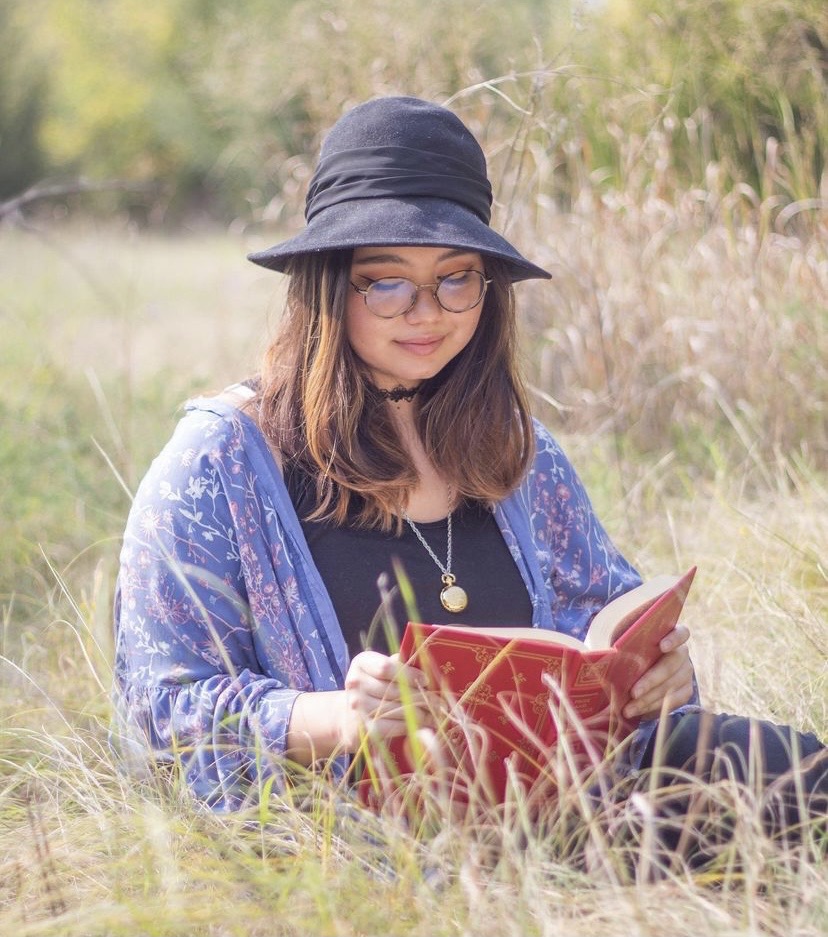In many ways, for a theatre student and dramaturg, Germany holds a plethora of literature, art, and history to learn from.
For example, the Hamburg Dramaturgy (Hamburgische Dramaturgie) by Gotthold Ephraim Lessing, a collection of more than 100 short essays on stage productions and critical analyses regarding the 18th century Hamburg National Theater, holds the first instances of documented Western dramaturgical theory. In our courses, we learn that much of American theatrical practice is connected intrinsically with the artistic works of Germany, and recently, I learned of yet another extension of this fact; German theatrical practice cannot be discussed without mentioning Oberammergau’s play festival.
Oberammergau, a small German town in the Bavarian Alps, is known globally for three main things: a tradition of skilled woodcarving, the vibrant and intricately frescoed buildings in town, and the world-famous Passion Play production that the people of Oberammergau put on every 10 years. Nearly 400 years ago, as the story goes, in 1633, the people of Oberammergau were suffering under both the effects of the Thirty Years’ War and the Black Death brought in by the Swedish Invasion. The Christian people, in hopes of gaining God’s help, vowed to retell and perform the tragedy of the Passion of the Christ every ten years if their people were spared from further death. After the plague passed, the people fulfilled their vow, and in 1634, they began a 400 year long tradition of performance that sustains today.
A Passion Play is traditionally defined as a theatrical representation of the story of Jesus Christ’s trial, suffering, death, and resurrection, though some Passion Plays may choose to include other Biblical stories as well. The Oberammergau Passion Play has become the largest and most famous theatrical rendition in the world.
To me, the Oberammergau Passion Play—and learning about the town and the people of Oberammergau—is a pillar of hope, wonder, and awe. I want to learn more about who is responsible for putting together the play each year—does one family or one council produce it? How are actors chosen? Are they payed or is it volunteer work? Finally, how has the continued existence of such an important cultural tradition like this changed the way that the people think about the Passion Play and their own history? It is rare that a piece of theatre—which by nature is temporary—extends through such a long stretch of time; how has the piece changed from 1633 to now?
In 2020, because of Covid-19, the Passion Play was paused. However, it picked back up in 2022, and the next performance will be in 2030.
Sources:

